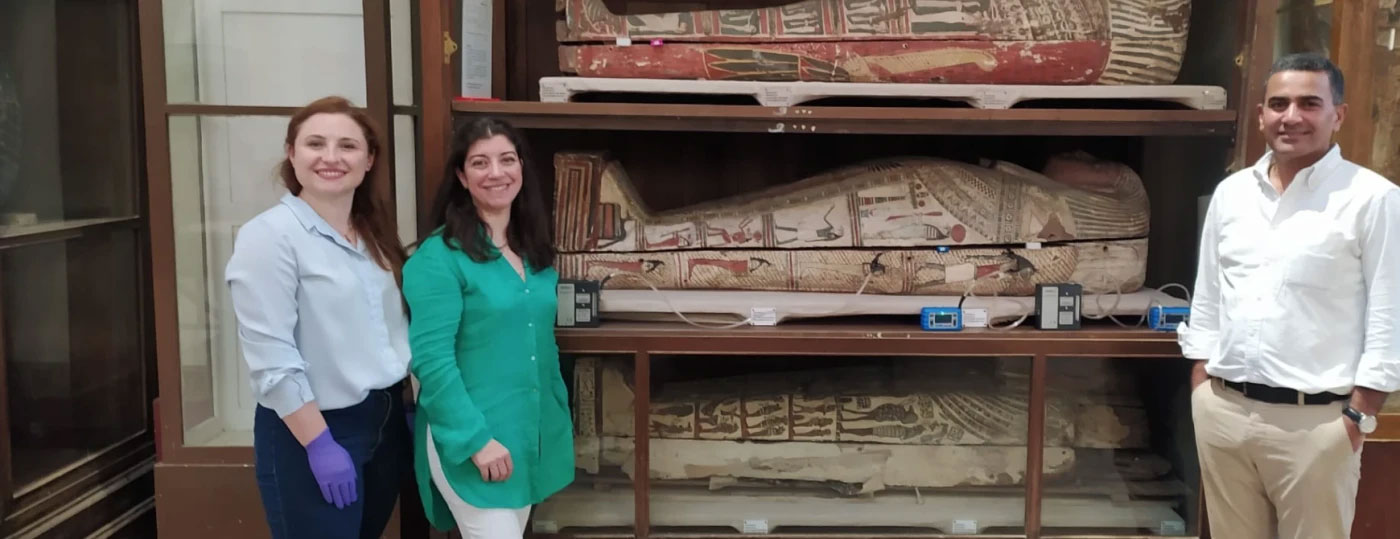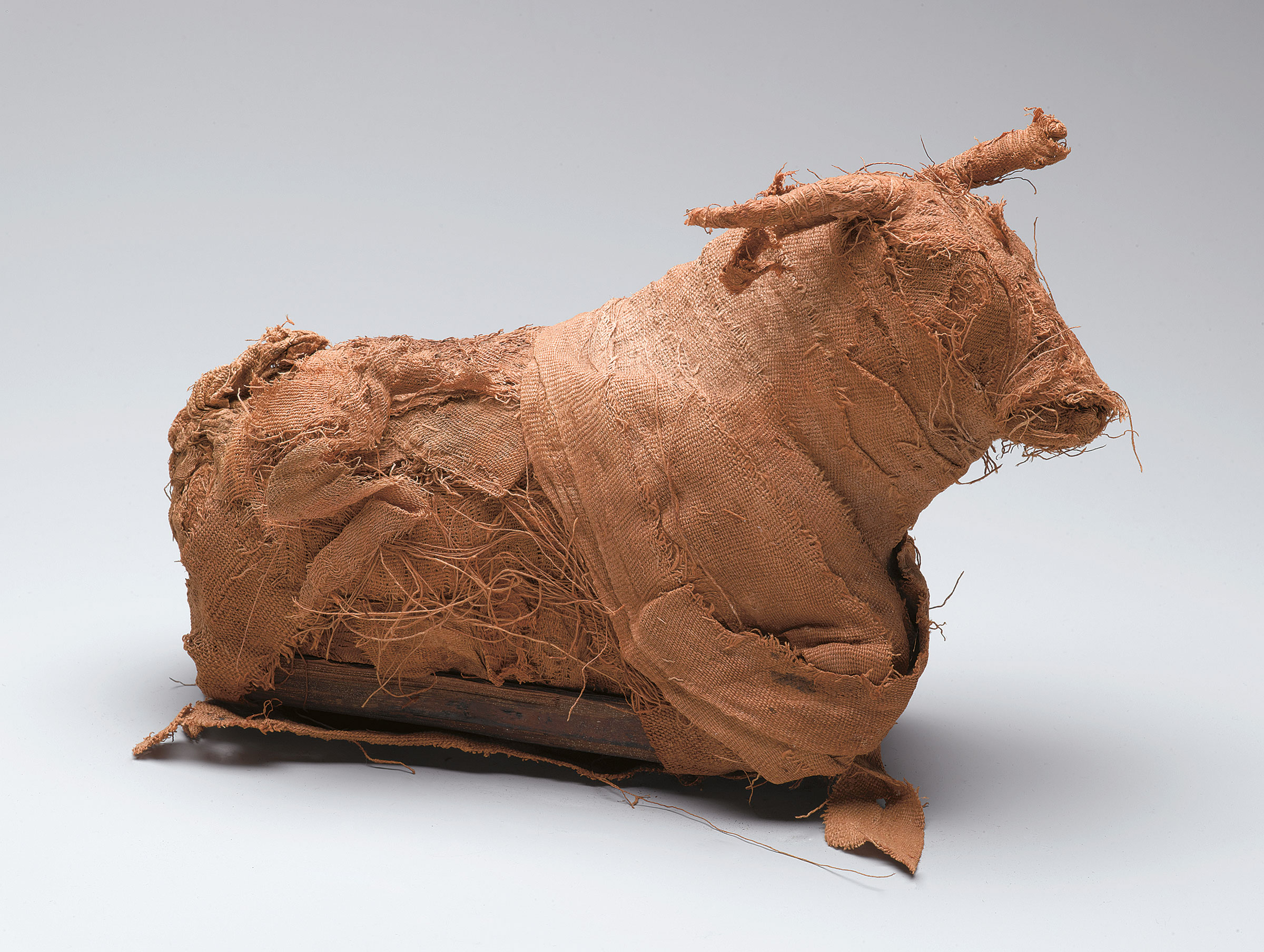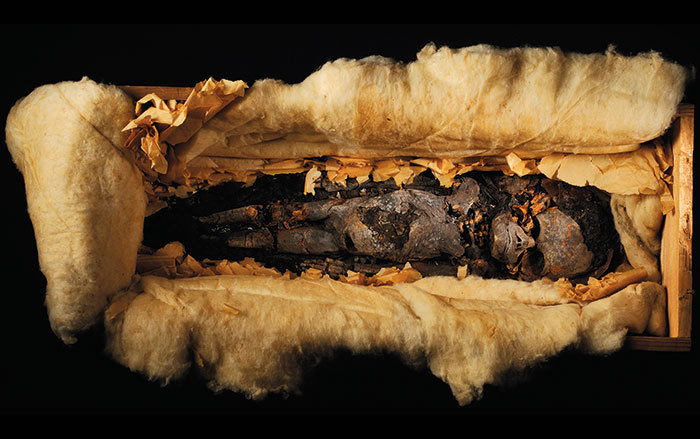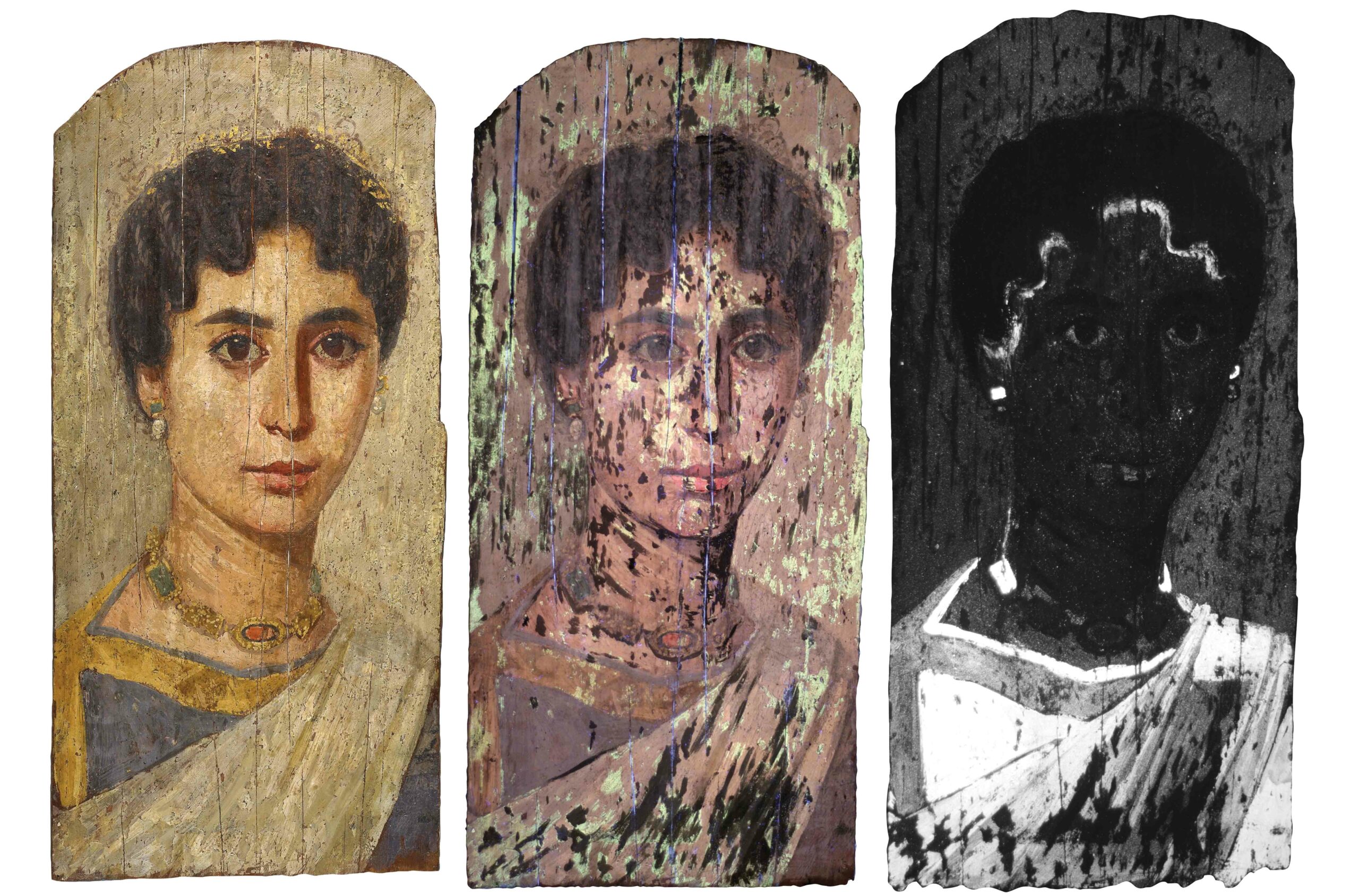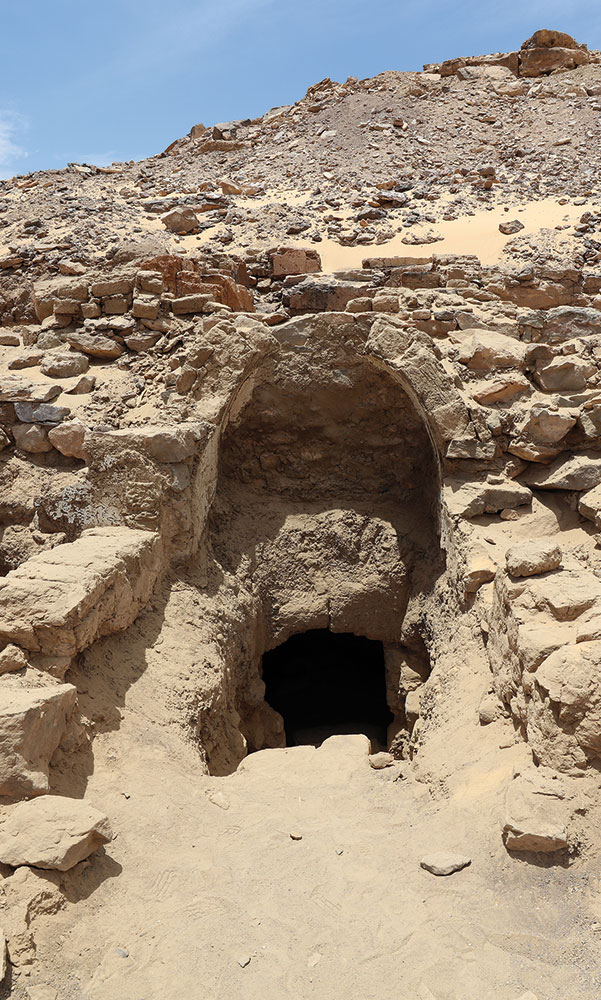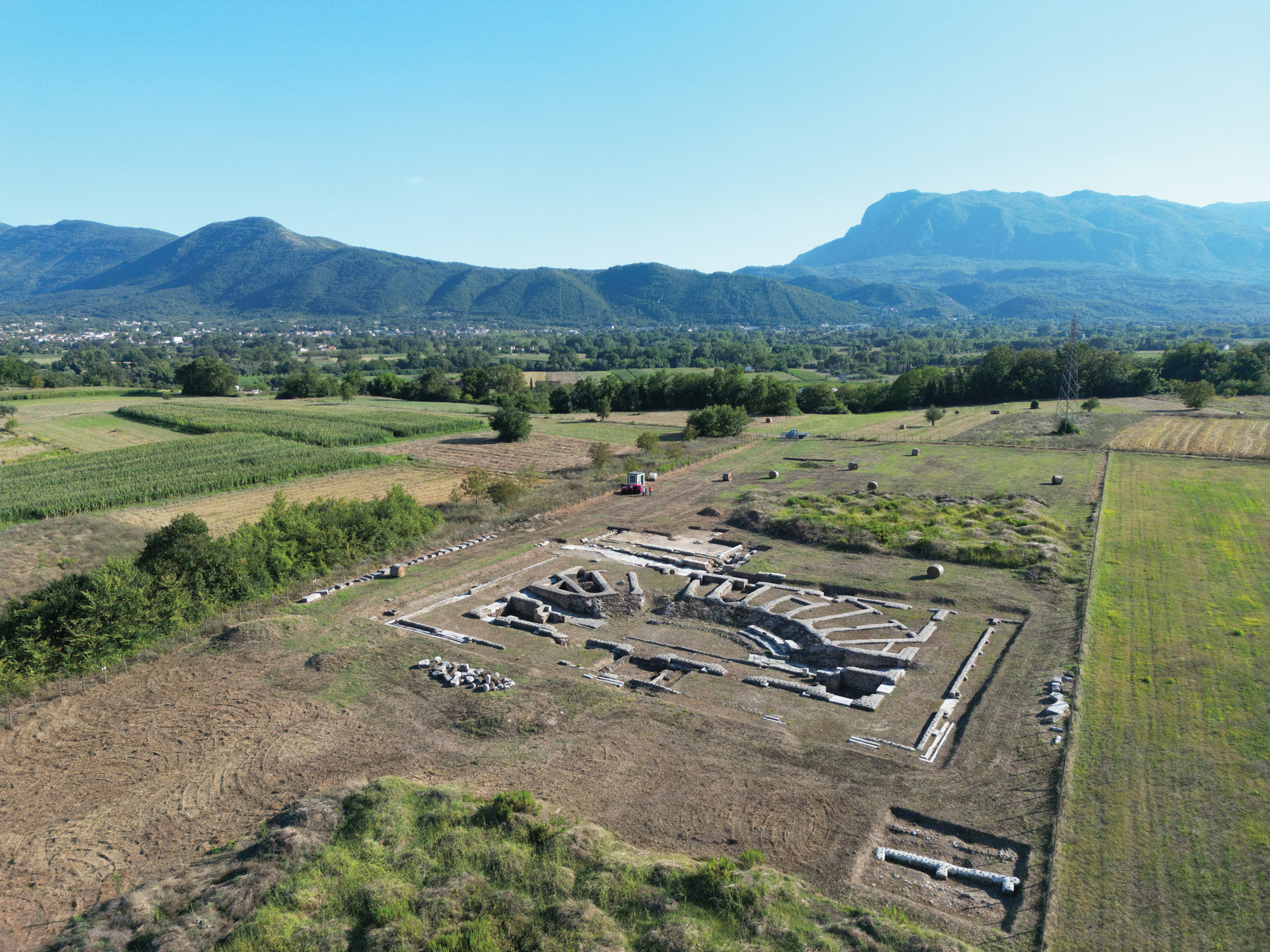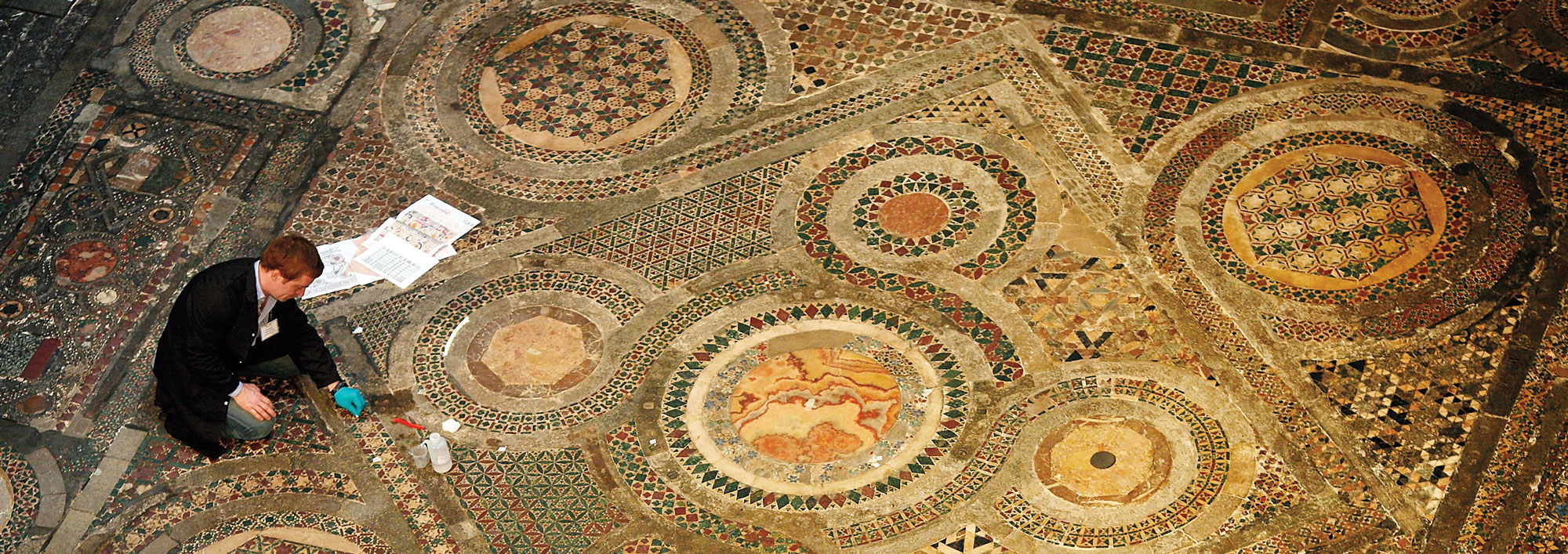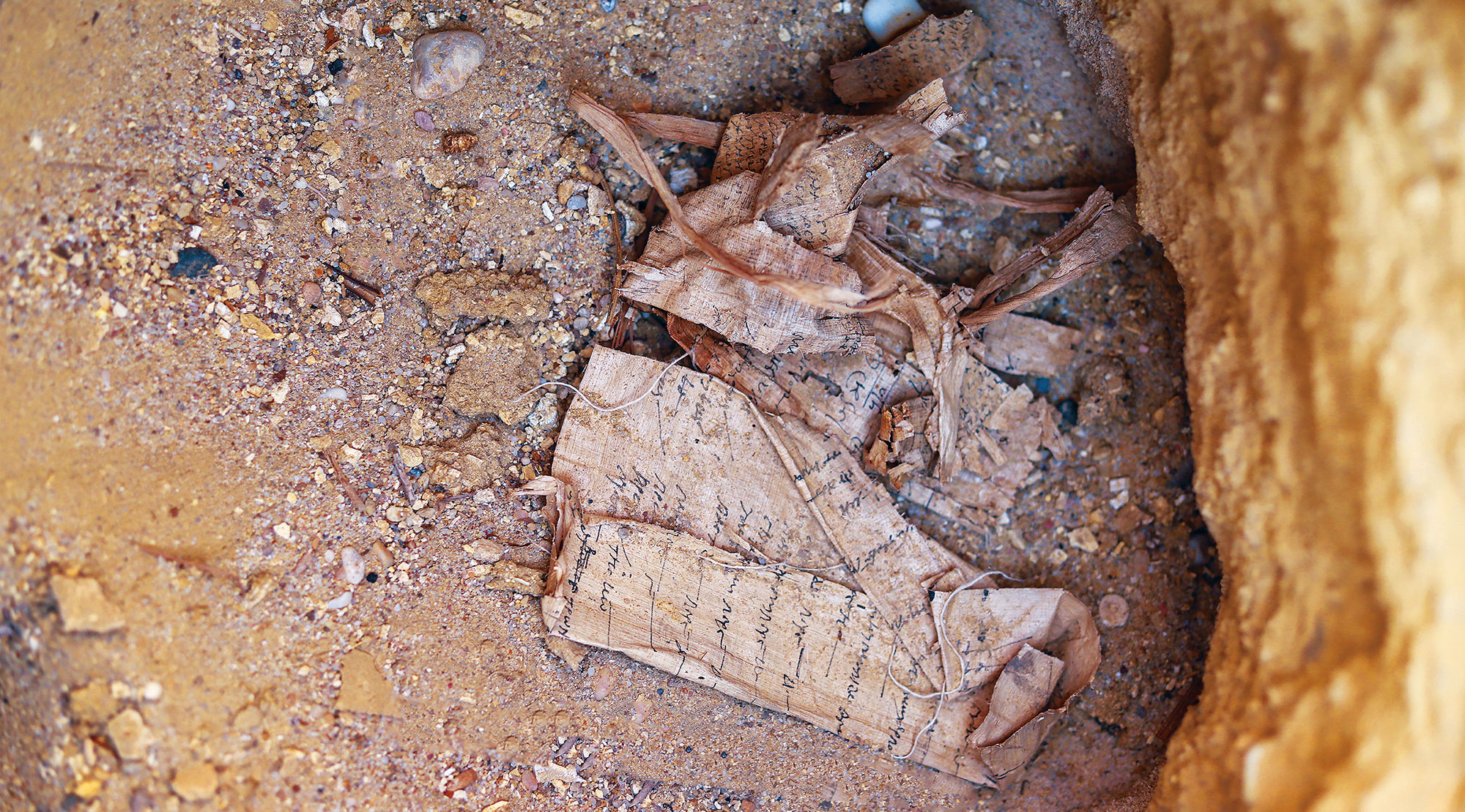
CAIRO, EGYPT––Ancient Egyptian mummies smell “woody,” “spicy,” and “sweet,” according to a statement released by University College London (UCL). For the first time, an international team of researchers has systematically studied the smells of mummified bodies using sensory technology, including an electric “nose,” and the skills of expert human sniffers, revealing new details about the mummification process. A gas chromatograph was used in combination with mass spectrometry to analyze chemical molecules emitted from nine bodies housed in the Egyptian Museum in Cairo. The study determined that the pleasant odors were a product of coniferous oils and resins, such as pine, cedar, and juniper, as well as gum resins like frankincense and myrrh, that were used during mummification. Smell was an important factor for ancient Egyptians as pleasant aromas were associated with deities and purity, while less enjoyable ones were linked with bodily corruption and decay. “The smell of mummified bodies has for years attracted significant interest from experts and the general public, but no combined chemical and perceptual scientific study has been conducted until now," said UCL researcher Matija Strlič. "This ground-breaking research really helps us better plan conservation and understand the ancient embalming materials.” Read the original scholarly article about this research in Journal of the American Chemical Society. To read about archaeological evidence of the mummification process, go to "Mummy Makers."


